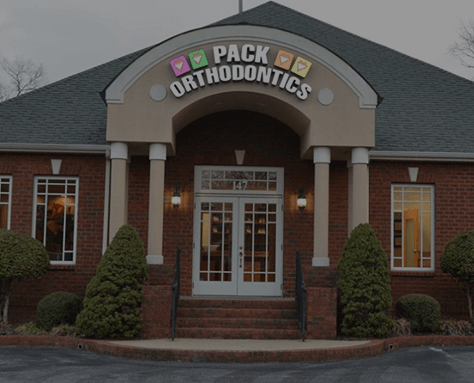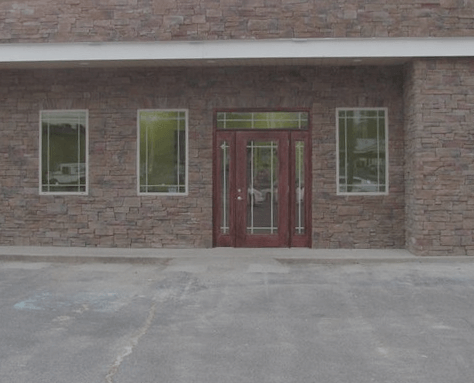Does Your Valentine Wear Braces?
February 10th, 2021

The Valentine shopping list is traditional and simple: Flowers. Candy. But if your Valentine is in braces this year, suddenly your choices become more complicated. No need to worry! Dr. Pack and our Murfreesboro, TN team have some sweet suggestions that are both braces-friendly and Valentine-approved.
First, let’s look at some options where Cupid’s arrow has missed the mark.
- Caramels—these sticky treats are difficult to clean from orthodontic work, and sticky, chewy foods can even cause damage to wires and brackets.
- Chocolate covered nuts—hard foods such as nuts can break or bend wires and brackets.
- Assorted chocolates—a confectionary minefield! There are bound to be some caramels and nuts in there somewhere, hiding beneath an innocent coat of chocolate, just waiting to ruin your Valentine’s evening.
- Other candies such as taffy, licorice, hard candy? No, no, and no. Remember, anything sticky, chewy, or hard is on the “Loves Me Not” list.
So, which chocolate treats won’t break hearts or braces?
- Soft truffles—if it’s not Valentine’s Day without a be-ribboned box of chocolates, choose soft truffles to fill it.
- Chocolate mousse—the perfect end to a romantic dinner.
- Chocolate covered strawberries—it’s a special occasion treat that won’t mistreat braces.
- Rich chocolate cake—always a delightful indulgence, and even better if it’s in the shape of a heart.
If your Valentine is not a chocolate fan, there are other sweet treats that are delicious alternatives.
- Cheesecake can be topped with (pitted!) cherries to celebrate in holiday-appropriate color.
- Soft heart-shaped cookies will be even more romantic with decorative icing—add your initials for a personal touch.
- Select an array of frozen yogurt, ice cream, or gelato in different shades of pink.
- Macarons also come in a variety of pink and red shades—but make sure this confection is on your Valentine’s braces-friendly list!
Of course, you can celebrate the day without sugary tributes. A single flower, watching your favorite movie together or, best of all, a heartfelt card or letter are all wonderful ways to show you care. But if it’s just not the same holiday without a sweet treat, try some of our suggestions. Your Valentine will appreciate your thoughtfulness.







